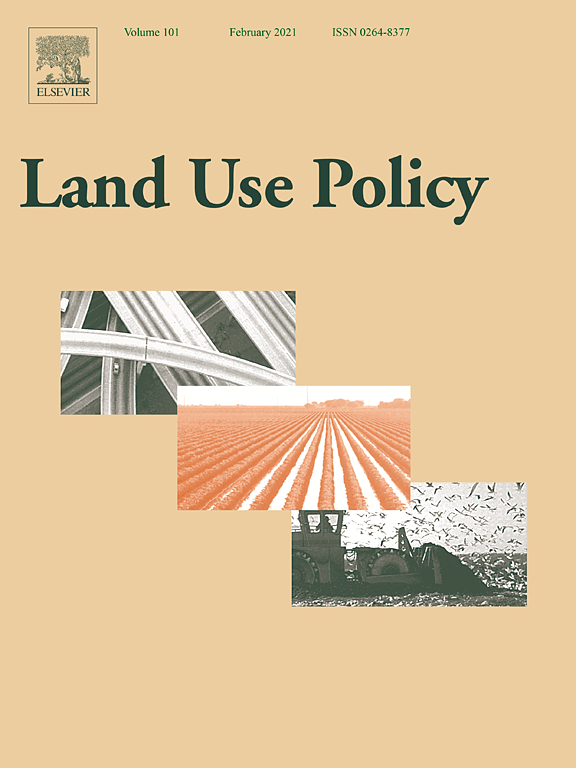Resource information
It is essential to understand how urban plans affect urban growth patterns in order to improve current urban planning and management systems. Few studies have been conducted to analyse urban growth patterns of Shenzhen, an international megacity located in southern China, but none of them revealed the relationships between urban planning and urban growth patterns. This study explores the effects of urban master plans on urban growth patterns in different plan periods in Shenzhen. We first quantified the urban growth patterns comparing pixel- and patch-based methods. Three methods resulted in different quantities and spatial characteristics of urban growth. We then explored the relationships between urban growth patterns and urban planning in Shenzhen through multinomial logistic regression models. Across two planning periods, the master plans together with other socio-economic, physical, proximity, accessibility and neighbourhood factors shaped the urban growth patterns of Shenzhen. Out of the master plan elements, planned main roads in the Master Plan of Shenzhen 1996–2010 and the planned built-up zone in the Master Plan of Shenzhen 2010–2020 ha d stronger effects on urban growth patterns but contributed less than most other factors, e.g. distance to ocean. The importance of the other influence factors also varied over time. This changing effect suggests that we need to consider carefully whether driving factors might change in their importance over time when investigating future scenarios of urban land use change. Overall, this approach could also be applied to monitor progress in the paradigm shift towards an integrated urban-rural development in China.


